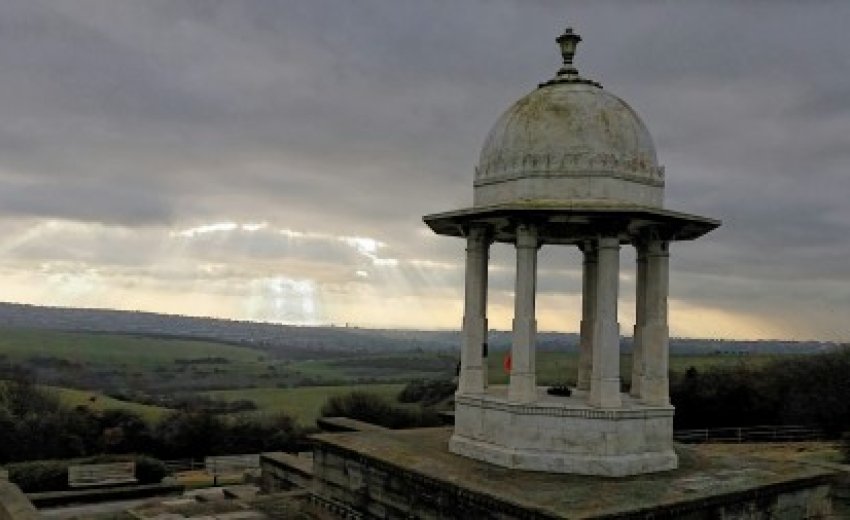In 2008, the peaceful village of Patcham, located near Brighton, hosted the annual Chattri Memorial Service. This event was devoted to honouring the Indian soldiers who fought on the Western Front during the First World War.
Historical significance
During World War I (1914-18), more than 1.5 million Indian army soldiers served alongside British troops. Around 12,000 wounded Indian soldiers from the Western Front were hospitalized at various locations in Brighton, including York Place School, the Dome, the Corn Exchange, and the Royal Pavilion.
The remains of the fifty-three Hindu and Sikh soldiers who died in Brighton were respectfully taken to a peaceful resting place on the Sussex Downs near Patcham for cremation. Following their cremation, their ashes were scattered in the sea according to their religious customs.
Nineteen Muslim soldiers who fought together were buried in a specially designated burial ground near the Shah Jehan Mosque in Woking. This mosque, built in 1889, is the oldest of its kind in northwest Europe. After the war ended, the Indian Army's significant contribution to defeating the enemy was recognized and appreciated and two monuments were erected to honour their sacrifice.
The Chattri Memorial
Of the two monuments ,the first one is the Chattri Memorial, situated on the Downs close to Patcham, was built as a tribute to the brave Indian soldiers who gave their lives. The Chattri, derived from the Hindi, Punjabi, and Urdu word for "umbrella," was designed by E.C. Henriques from Mumbai. It is made of white Sicilian marble and features a dome and eight pillars. The original concrete cemetery bases are covered with three large granite slabs. The design embodies the protection offered to the memory of the deceased.The Chattri was unveiled by Prince Edward, Prince of Wales, on February 21st 1921 stands on the site where Hindu and Sikh soldiers were cremated after their deaths in the First World War..
The Chattri has the following inscription in Hindi and English:
“To the memory of all the Indian soldiers who gave their lives for their King-Emperor in the Great War, this monument, erected on the site of the funeral pyre where the Hindus and Sikhs who died in hospital at Brighton, passed throught the fire, is in grateful admiration and brotherly affection dedicated.”
After a period of neglect, the Patcham branch of the Royal British Legion revived the pilgrimage in 1950. They initiated and continued this annual tradition until 1999. In 2000, the responsibility for organizing the memorial service was transferred to a local Sikh teacher and the Undivided Indian Ex-Services Association.
The service was attended by important individuals such as the Mayor, the Chief Executive, the local MP, veterans of the Undivided Indian Army, city councillors, the police, representatives from the British armed forces, the Indian Army, the Royal British Legion, and local residents.

